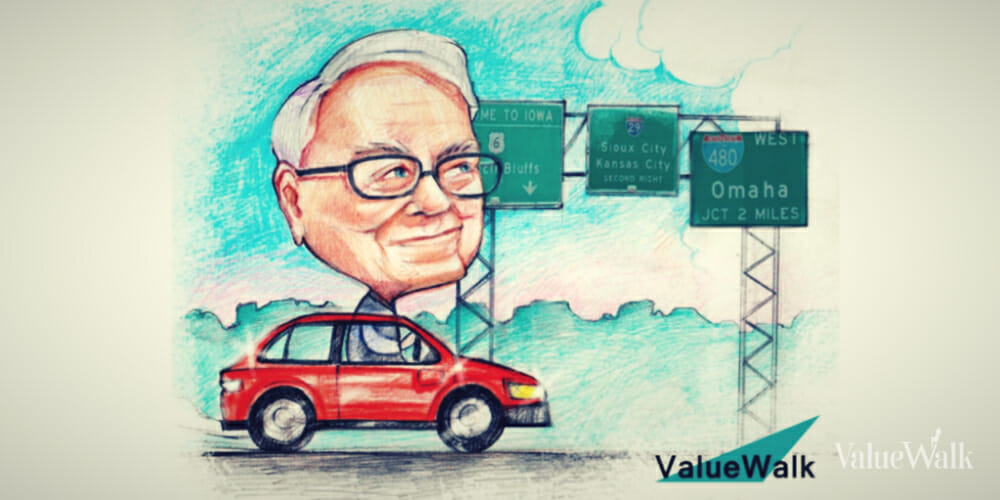Buffett Associates, Ltd., started on May 1, 1956, with seven limited partners, all of whom were close family and friends, began with $105,000 not including a $100 contribution from the general partner, Warren Buffett. A replication of the original Certificate of Limited Partnership is shown below.[1] Note, subsequent investment partnerships had different terms, but these were the terms of the very first partnership.
The fee structure was originally structured as follows:
- There was no management fee. In fact, there was actually the opposite. The initial investors, the limited partners, were paid interest of 4%, which would be “charged as expenses of the partnership business”.
- Each limited partner would “be paid interest at the rate of 4%” on whatever balance his or her capital account showed on December 31st of the prior year. (Because the partnership began in the middle of the year in 1956, an adjusted 2% would be paid on December 31, 1956 based on the original contribution amount.)
- With regards to the performance fee for the general partner, each of the seven limited partners would get their pro-rata share of 21/42 or 50% of any net profits and the other 21/42 or 50% of net profits would go to the general partner, Buffett.
- My interpretation of this is that if the investment partnership performed below 4% during a given year based on the limited partner’s previous year-end capital balance, Buffett was on the hook to fund any shortfall to meet that 4% interest payment to that limited partner. Whether the interest payments could fall into arrears or be deferred is unclear.
- I think this is how the compensation structure originally worked in various scenarios:
- If the fund returned 4%, Buffett would get 0%. 4% would go to funding the interest payment to limited partners.
- If the fund returned 10%, then 4% of that would go to funding the interest payment to limited partners and the remaining 6% would be split 50/50 between the limited partners and Buffett.
- If the fund returned 2%, then Buffett would have to come up with the 2% shortfall to meet the required 4% interest payment.
- If the fund returned 0%, then Buffett would have to come up with the 4% shortfall to meet the required 4% interest payment.
- If the fund was down 40%, then Buffett would have to fund 4% of that loss and the limited partners would be down 36% on a net basis.
Picture: A replication of the Certificate of Limited Partnership from 1956. Full document below.[1]
- The fee structure was then amended two years later in April 1, 1958, such that Buffett would take 25% of the downside. Regarding this structure Buffett once said, “I got half the upside above a four percent threshold, and I took a quarter of the downside myself. So if I broke even, I lost money. And my obligation to pay back losses was not limited to my capital. It was unlimited.”[2]
- Under this amended structure, I think the above scenarios would have worked like this:
- If the fund returned 4%, Buffett would get 0%. 4% would go to funding the interest payment to limited partners.
- If the fund returned 10%, then 4% of that would go to funding the interest payment to limited partners and the remaining 6% would be split 50/50 between the limited partners and Buffett.
- If the fund returned 2%, then Buffett would have to come up with 25% of the 2% shortfall to meet the required 4% interest payment, so 0.5% would be paid by Buffett and the remaining 1.5% “paid” or absorbed by the limited partners. The limited partners would ultimately get 2.5%.
- If the fund returned 0%, then Buffett would have to come up with 25% of the 4% shortfall to meet the required 4% interest payment. So Buffett would pay the limited partners 1% and 3% would be “paid” or absorbed by the limited partners.
- If the fund was down 40%, then Buffett would have to fund 25% of 44% (40%+4% interest) or 11%, and the limited partners would be down 33% below 4% or down 29% on a net basis.
- Under this amended structure, I think the above scenarios would have worked like this:
I am wondering if the 1958 amendment changed the 4% interest payment into a 4% hurdle, such that Buffett would only be on the hook for paying 25% of negative returns below zero. In this case, if the fund returned 2%, Buffett would not be on the hook for anything; if the fund was down 40%, then Buffett would cover 25% of that by chipping in 10%, to leave the limited partners with a net negative 30% return.
However, what’s interesting is that he states, “So if I broke even, I lost money.” So this seems to suggest that if he broke even, returning 0% for the fund, he still had to pay up, which leads me to believe that he still had to pay 25% of the 4% threshold shortfall when breaking “even”, suffering a loss of 1%.
[1] Mary Buffett and David Clark, Buffettology (New York, New York: Fireside, 1997), p. 280-283.
Note: The error of Roman numeral “IV” being reported as “VI” is per the presentation of the agreement in the book.
[2] Alice Schroeder, Snowball (New York, New York: Bantam Books, 2009), p. 179-180.







